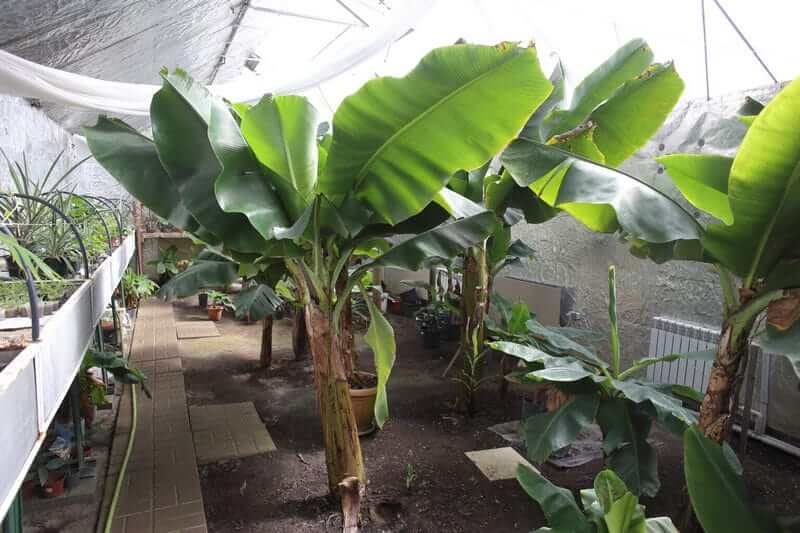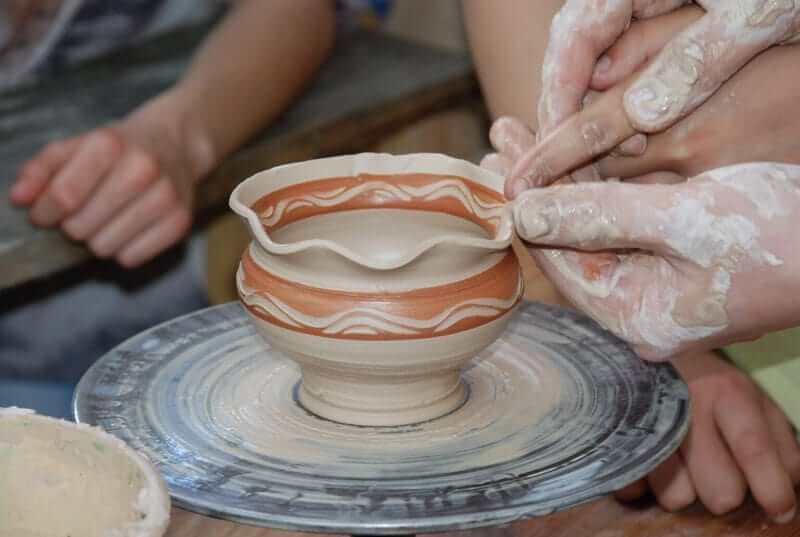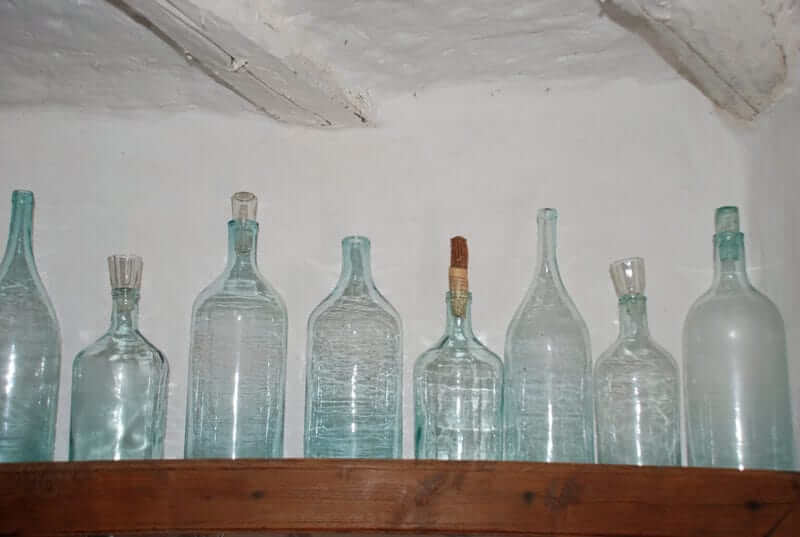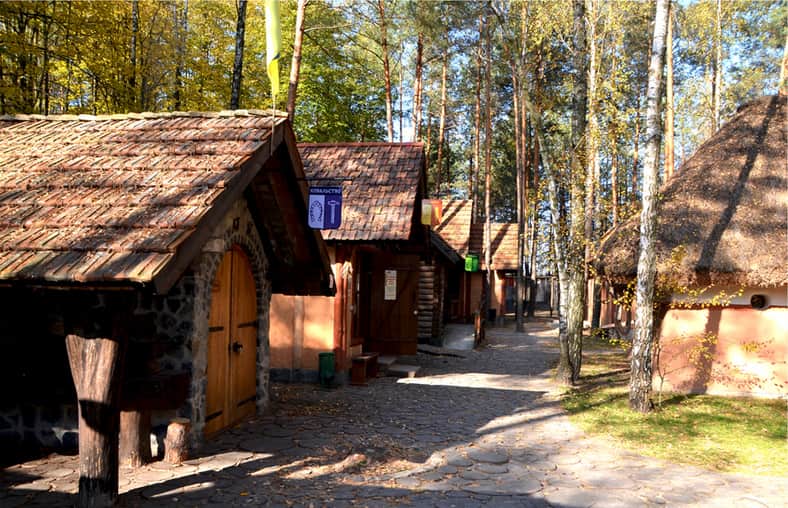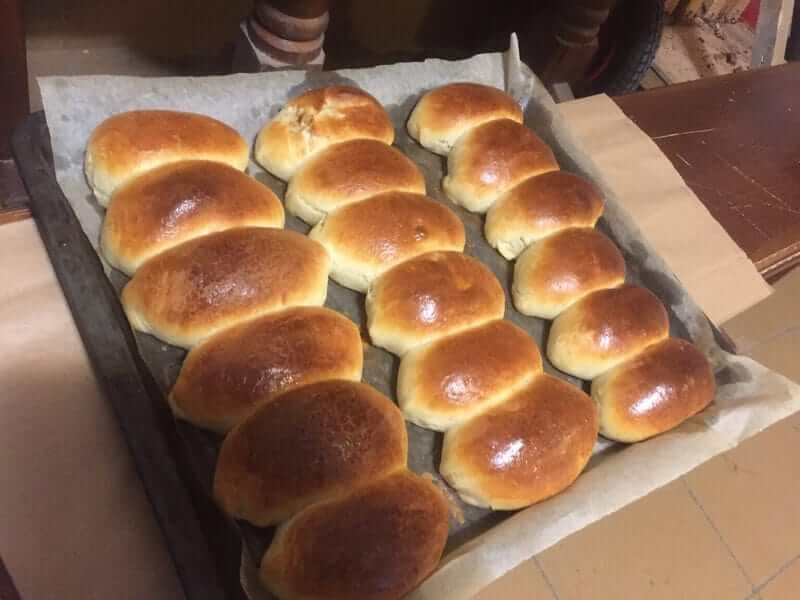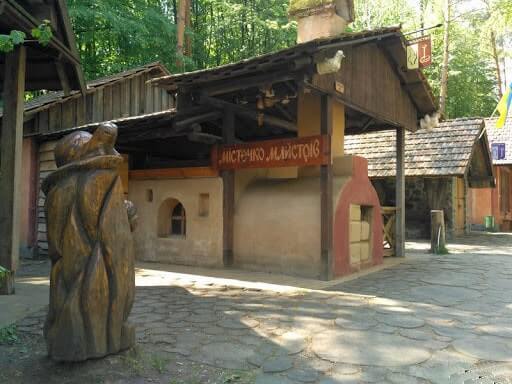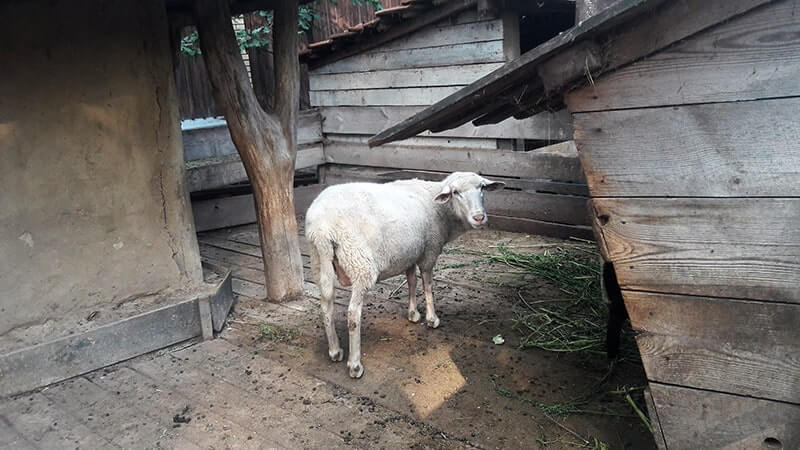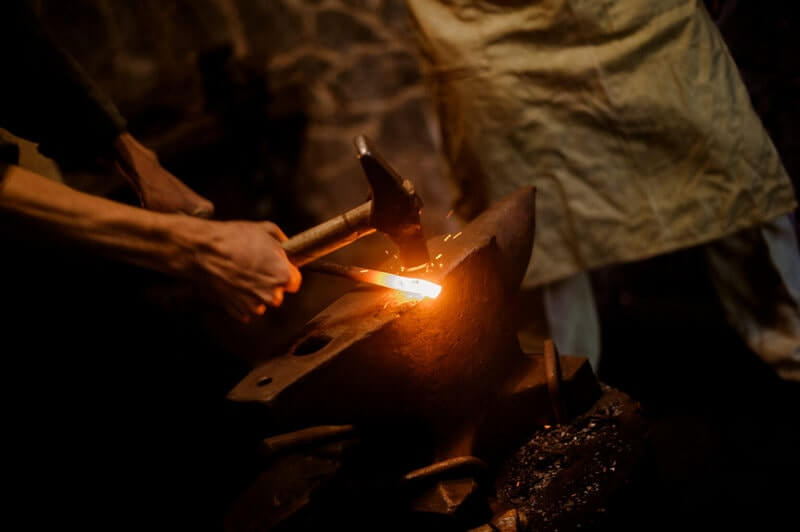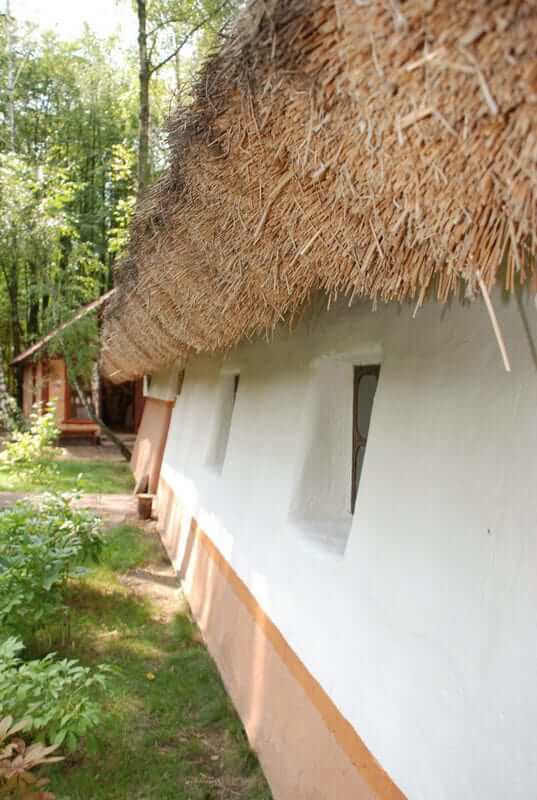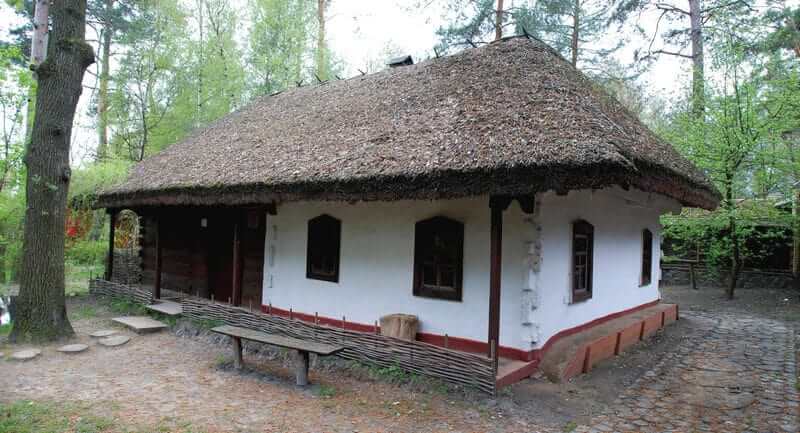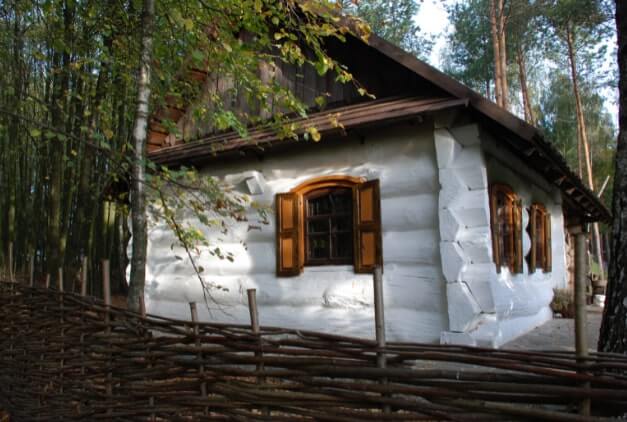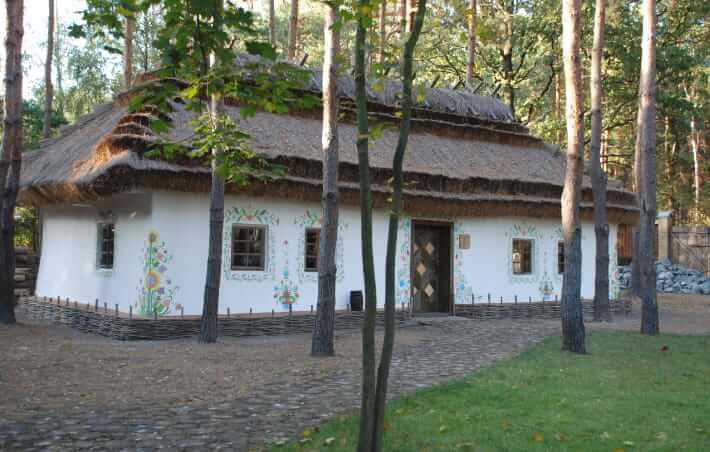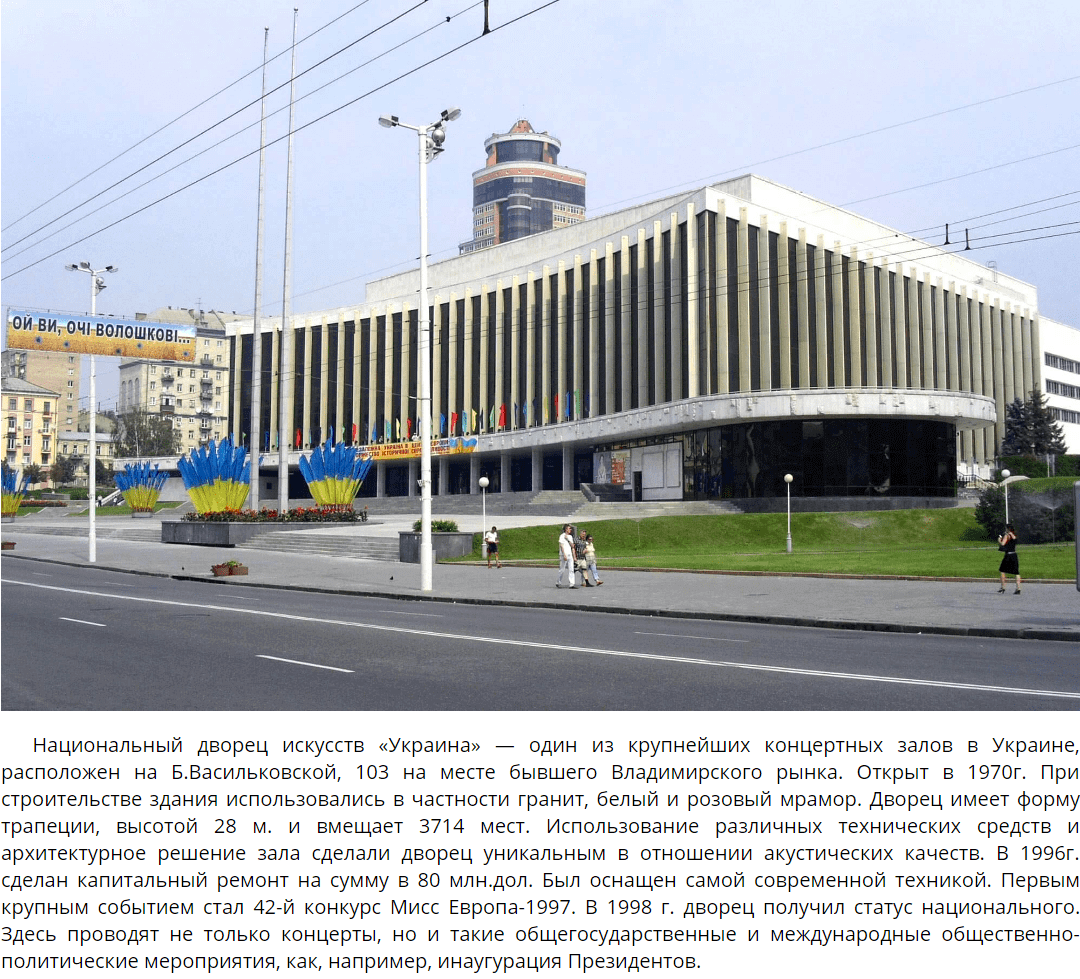Ukrainian village tour
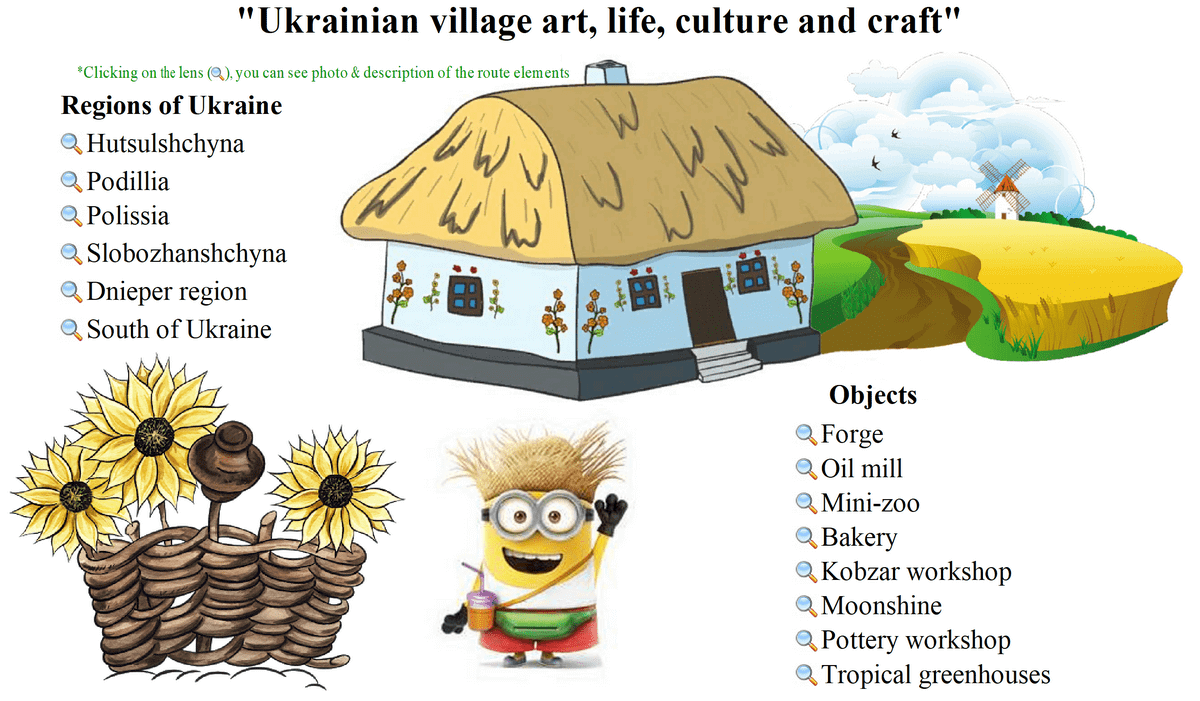
We invite you to Ukrainian village tour – ethno-museum of folk architecture of Ukraine regions of the XIX century. In addition, the museum displays household items, traditional clothes, towels, etc. On the territory there are workshops with master-classes, a greenhouse with tropical plants, a mini-zoo and other locations, that will be interesting as both adults and children. The one-day tour is conducted individually.
Duration: 4-5 hours.



















